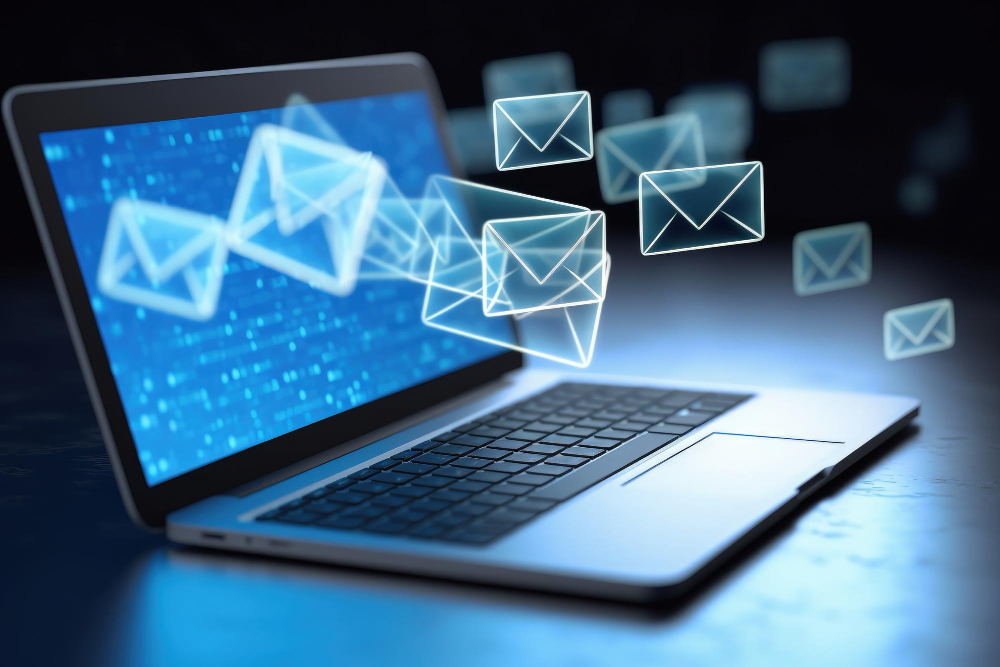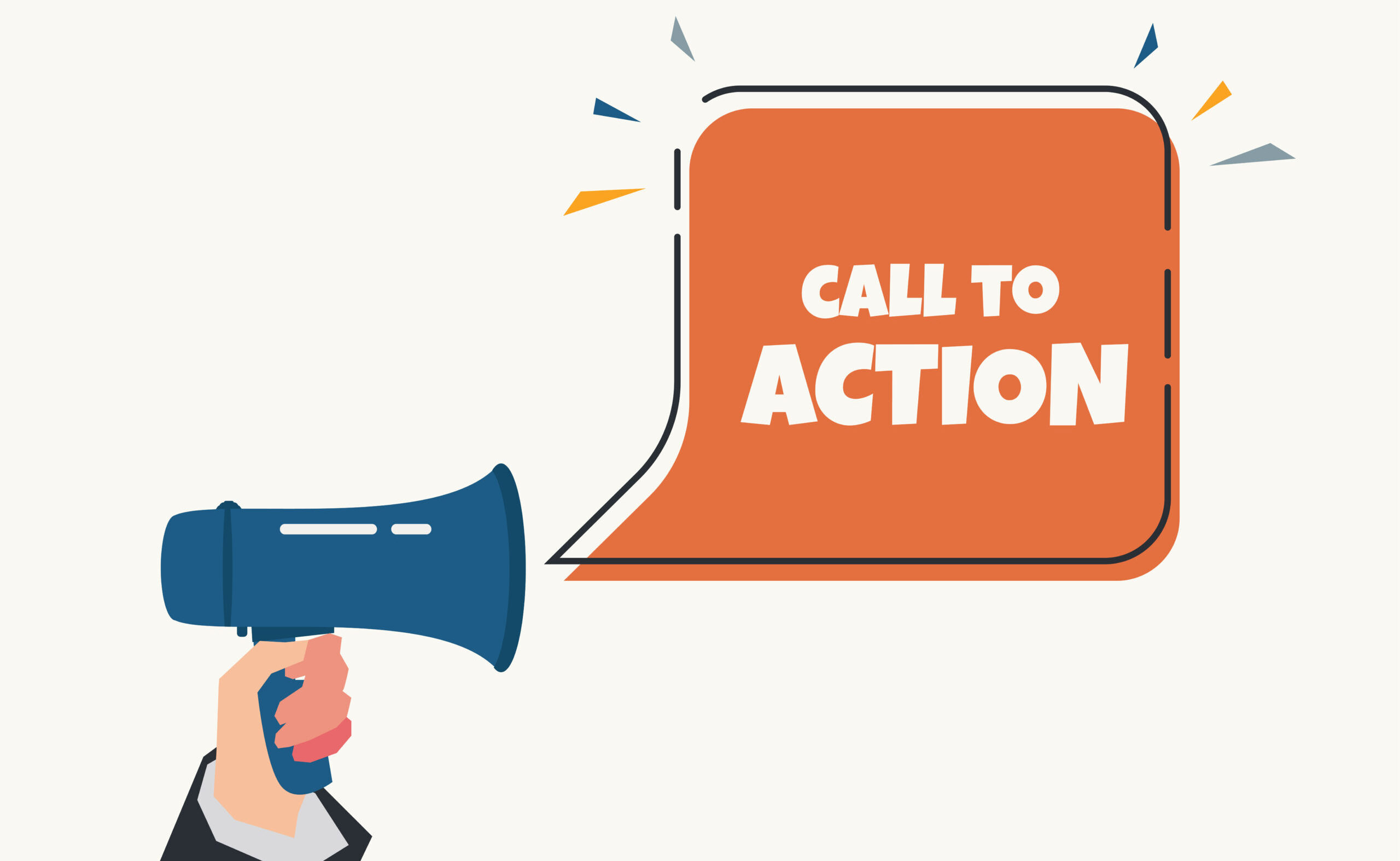Unlocking the Potential of Email Marketing: The Power of Automation
- 1 Embracing Technology: The Rise of Automating in Email Marketing
- 2 Power of Automating in Efficient Email Monetization
- 2.1 Decoding Email Monetization: An Insight into Its Significance and Benefits
- 2.2 Outlook on Strategies for Automating Your Email Monetization
- 3 How email marketing leads to more conversions:
In the constantly evolving digital environment, businesses must adapt to maintain relevancy and efficiency. This change has become apparent in email marketing, where automation has emerged as a critical player. But how does this tie into the concept of email list monetization, and why should you care? Below, we delve deeper into this topic.
Embracing Technology: The Rise of Automating in Email Marketing
Email marketing automation refers to using technology to manage and personalize email campaigns. This can include everything from sending emails at specified times to tailoring content based on user behaviour.
Companies are increasingly leveraging automation in their email marketing efforts. The reason is that automated emails can help businesses nurture relationships with their customers, increase engagement, and ultimately drive higher revenue.
Automating email allows businesses to stay connected with their customers 24/7 without requiring constant manual input. This efficiency will enable firms to focus their resources on other areas.
Successful companies use automated email to drive customer retention, engagement, and loyalty. It can be an efficient way to nurture customer relationships and provide them with relevant, personalized content.
Power of Automating in Efficient Email Monetization

The power of automating email monetization cannot be overstated. The software can help businesses manage and leverage their email lists more efficiently.
Automated processes can do wonders when segmenting an email list and delivering targeted content. It can also streamline tasks like scheduling emails, thus eliminating manual processes and reducing the risk of errors.
Another strength lies in its ability to gather and analyze data effectively. These tools can give businesses insights into email performance, customer behaviour, and more, allowing for an improved email marketing strategy.
Such capabilities can make email monetization much more efficient, helping businesses reach their audience with the right content at the right time, thereby maximizing profitability. Email list monetization through automating, therefore, can not only save time but also significantly increase revenue.
Decoding Email Monetization: An Insight into Its Significance and Benefits
Email monetization refers to using one’s email list to generate income. This can be accomplished by promoting products or services, advertising, or selling access to the list.
Email monetization can be a valuable source of income for businesses. It allows them to monetize customer relationships and opens new revenue streams.
Moreover, email monetization is not just beneficial for companies. Customers also benefit from curated, targeted content that aligns with their interests and needs.
Even though monetizing an email list might sound complex, with the right strategy and automation, the process is more straightforward than it seems. This is where automating plays a pivotal role, as it can facilitate tasks such as segmenting your list, tracking interactions, and sending personalized content.
Outlook on Strategies for Automating Your Email Monetization
Several strategies can be employed to automate your email monetization. These include segmenting your email list, personalizing your content, scheduling emails, and analyzing data.
Segmentation is crucial in targeting the right audience with the right message. Automating solutions can help you segment your email list based on various criteria, such as demographics, purchase history, and behavioural data.
Personalization is another crucial strategy. Automated tools can enable you to deliver personalized content to your subscribers based on their preferences and behaviour, resulting in higher engagement and conversions.
Scheduling ensures that your emails hit subscribers’ inboxes at optimal times. Analyzing data helps shape your email marketing strategy by providing insights into what works and doesn’t.
Understanding the dynamics and intricacies of automating email list monetization can spell the difference between an effective, lucrative email marketing strategy and one that falls flat. It’s all about leveraging automation and its power in fine-tuning and amplifying your email marketing efforts.
How email marketing leads to more conversions:

Segmentation and Targeting:
One of the critical strengths of email marketing is the ability to segment your audience based on various criteria such as demographics, location, purchase history, or engagement level. By understanding the specific needs and interests of different segments, you can tailor your messages to resonate more effectively, increasing the likelihood of conversion. For example, you can send personalized product recommendations to a segment of customers who have previously shown interest in similar items.
Personalization:
Personalized emails go beyond just addressing recipients by their names. It involves tailoring the content of the email to the recipient’s preferences, behaviours, and interactions with your brand. This might include personalized product recommendations, content suggestions based on previous engagements, or exclusive offers aligned with their purchase history. The more personalized and relevant the content, the more likely it is to capture the recipient’s attention and drive them toward a conversion.
Nurturing Relationships through Email Funnels:
Email marketing allows you to set up automated nurturing sequences or funnels. These sequences can guide subscribers through the customer journey, from the initial awareness stage to purchasing and beyond. You can build a relationship with your audience by delivering timely and relevant content at each stage, addressing their concerns, providing value, and ultimately nudging them towards conversion.
Automation:
Automation in email marketing doesn’t just save time; it ensures that your communication is timely and triggered by specific actions or events. For instance, an abandoned cart email can be automatically sent to a user who added items to their cart but didn’t complete the purchase. By promptly addressing potential barriers to conversion, automation increases the chances of re-engaging users and leading them towards conversion.
Promotional Offers and Discounts:
Email is an effective channel for delivering exclusive promotions and discounts. These offers create a sense of urgency and exclusivity, motivating recipients to take immediate action. Whether it’s a limited-time sale, a special deal for loyal customers, or a unique offer for subscribers, well-crafted promotional emails can be powerful drivers of conversions.
Call-to-Action (CTA) Optimization:

The effectiveness of your email campaigns often hinges on the clarity and persuasiveness of your CTAs. A well-optimized CTA should be prominently placed in your email, use compelling language, and direct the recipient to a landing page that aligns with their expectations. Testing different variations of CTAs can help identify what resonates best with your audience and improves conversion rates.
Mobile Optimization:
With a significant portion of email opens occurring on mobile devices, ensuring your emails are mobile-friendly is crucial. This involves using responsive design, optimizing images and text for smaller screens, and ensuring your CTAs are easily tappable. A seamless mobile experience enhances user engagement and contributes to higher conversion rates.
Analytics and Testing:
Email marketing platforms provide a wealth of analytics data that can be used to measure the performance of your campaigns. Regularly analyzing open, click-through, and conversion rates allows you to identify trends, understand what resonates with your audience, and make data-driven adjustments to optimize future campaigns. A/B testing different elements of your emails, such as subject lines, content, or CTAs, further refines your strategy for maximum impact.
Re-engagement Campaigns:
Not all subscribers remain actively engaged over time. Implementing re-engagement campaigns is a proactive strategy to reconnect with dormant subscribers. These campaigns may involve special offers, exclusive content, or simply asking for feedback to understand and address any issues that may have led to disengagement. Re-engaging inactive subscribers can breathe new life into your email list and potentially lead to conversions.
In conclusion, the effectiveness of email marketing in driving conversions is multifaceted. It combines strategic segmentation, personalized content, automated workflows, compelling offers, and continuous optimization based on data insights. A well-crafted and targeted email marketing strategy can nurture leads, build relationships, and guide users through the conversion funnel, ultimately contributing to the growth and success of your business.

















